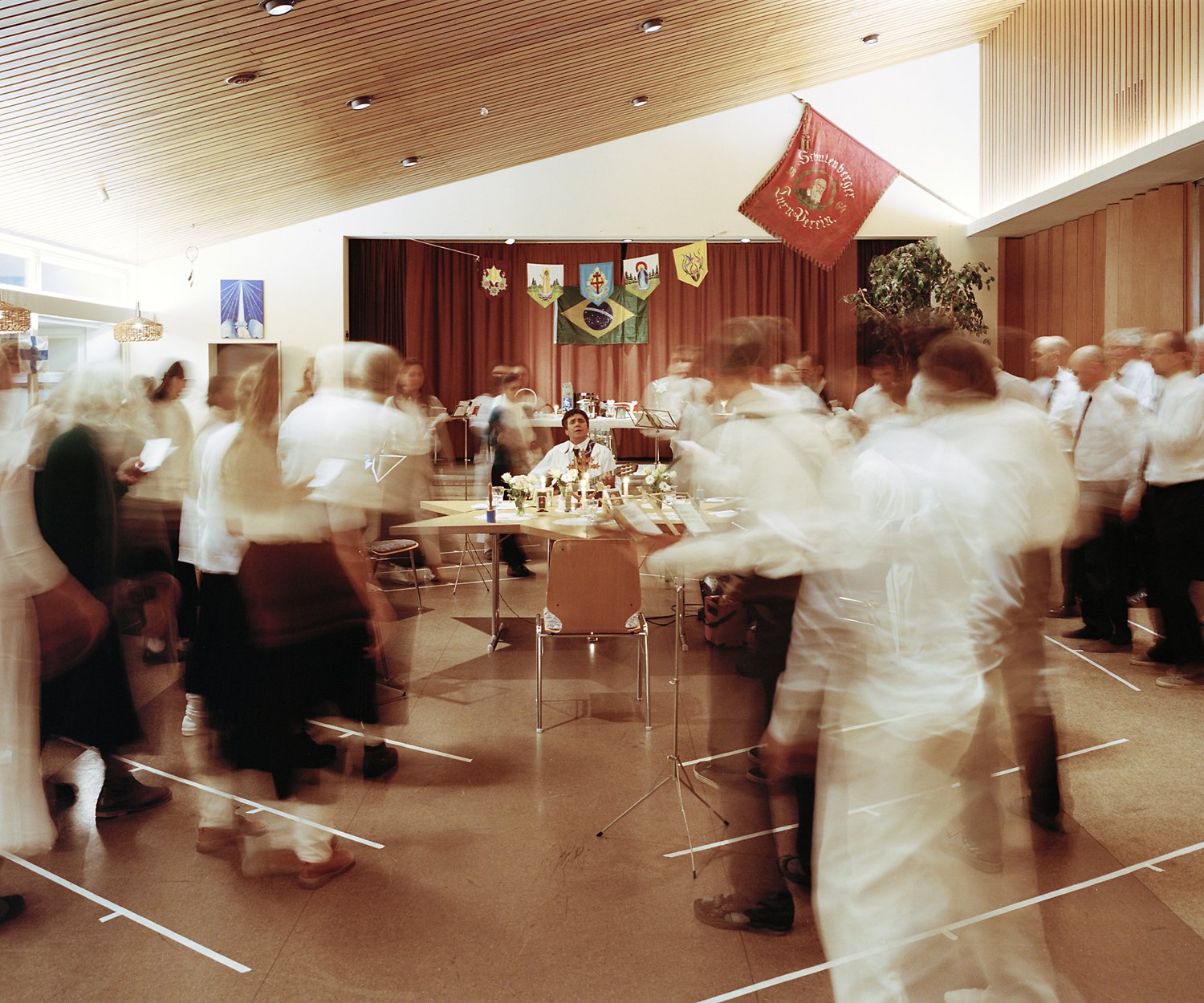The Ritual: A Framework for Psychedelic Journeys
Day 7, PSYJuly!
Today I am sharing a post from my good friend and fellow explorer Robert Funke.
Myself and Rob go a few years back and have now collaborated on multiple psychedelic projects. Rob has previously guest posted on Maps of the Mind, and pre corona, he also came to work on the New Moon Psychedelic Retreat team. We were flatmates when corona hit a big pause button on that project, and during lockdown we both developed our practices, which included sitting for each other and journeying together.
During that time we also had formal meetings to discuss ritual and how it can be used for psychedelic journeys, developing our own understanding of the subject and practicing ideas. In that time Rob created a document which we worked on together, and the post today is a part of that work, with some practical examples that Rob has recently added to illustrate the ideas and concepts.
Rob is one of the single individuals through which my personal practice with psychedelics has evolved the most and I am delighted to share this work today.
My hope is that this post will spark ideas for you to create your own meaningful rituals to enhance your psychedelic experiences.
Rituals should be more about the structure or framework rather than a detailed sequence of the ritualistic act.




